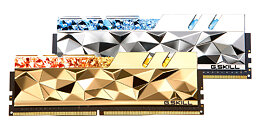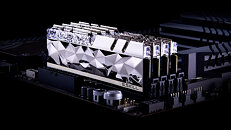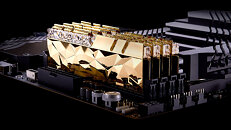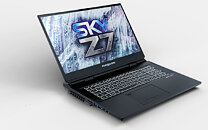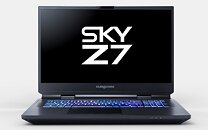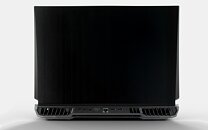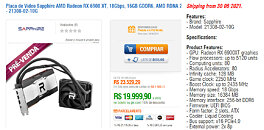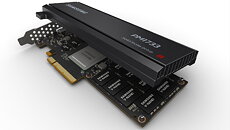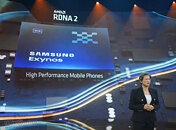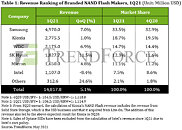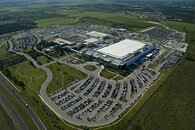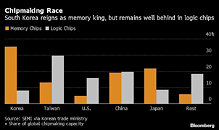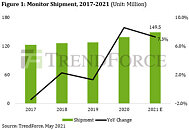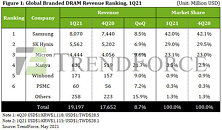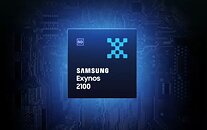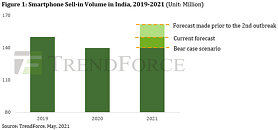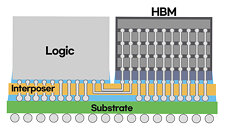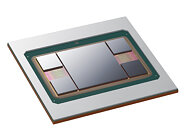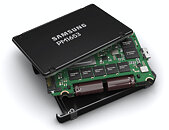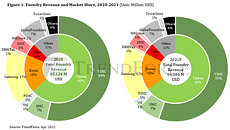
G.SKILL Trident Z Royal Elite Releases with High Performance CL14 Low-Latency Kits Up To DDR4-4000 32GB
G.SKILL International Enterprise Co., Ltd., the world's leading manufacturer of extreme performance memory and gaming peripherals, is thrilled to announce the availability of the latest Trident Z Royal Elite memory series, along with the introduction of new high-speed, low-latency performance memory specifications at DDR4-4000 CL14-15-15-35 and DDR4-3600 CL14-14-14-34. Built with Samsung 8 Gb B-die ICs to achieve these incredibly low latency timings, these new DDR4 memory specifications are the ideal choice for building a powerful workstation or the ultimate gaming system.
G.SKILL is dedicated to developing high-speed, low-latency memory kits for high performance PC systems, and achieving an extremely low CL14 latency on high-speed dual-ranked memory modules is no easy feat. Created with Samsung B-die ICs, G.SKILL is launching the incredible DDR4-4000 CL14-15-15-35 memory specification with 16 GB modules for a 32 GB (16 GB x2) kit capacity. Below is a screenshot showing the memory kit on the ASUS ROG STRIX Z590-E GAMING WIFI motherboard with the Intel Core i7-11700KF processor.
G.SKILL is dedicated to developing high-speed, low-latency memory kits for high performance PC systems, and achieving an extremely low CL14 latency on high-speed dual-ranked memory modules is no easy feat. Created with Samsung B-die ICs, G.SKILL is launching the incredible DDR4-4000 CL14-15-15-35 memory specification with 16 GB modules for a 32 GB (16 GB x2) kit capacity. Below is a screenshot showing the memory kit on the ASUS ROG STRIX Z590-E GAMING WIFI motherboard with the Intel Core i7-11700KF processor.
